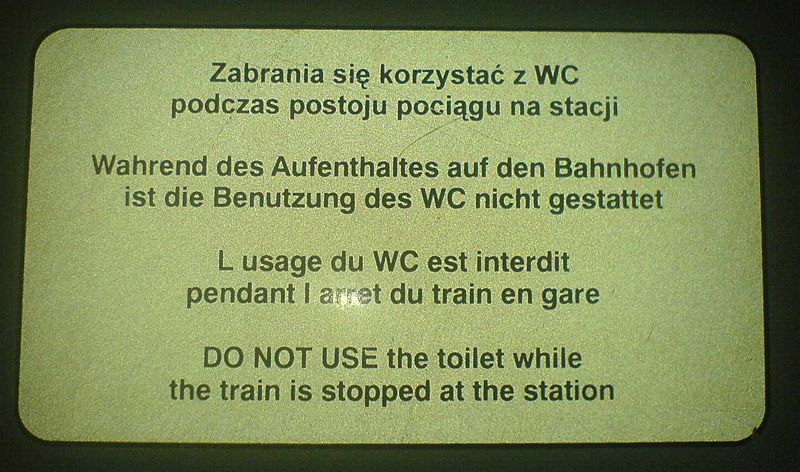My recent trips (during the winter seasons) have me wondering a little more about the technical capabilities of the Superliners. I've noticed on occasion that when we're stopped in stations that the electrical power will go off. Sometimes it's just a moment, other times it's maybe a minute or two. Why does the conductor do this? Or is it the car attendant who does it? Is it a precaution for some refueling procedure or something else?
What sort of heating setup is used for the train? I sort of figured that sense the engine is generating 440+ volts for the entire train that the heat probably comes from heating coils in the HVAC systems, similar to the heating coils used in some homes for the 'backup' heat on heat pump setups. Is all electrical 440+ volts, with the exception of the outlets for passengers? Are the stoves/cooking setups in the diners on 440? What about the water/sewage systems or the doors between cars?
What sort of heating setup is used for the train? I sort of figured that sense the engine is generating 440+ volts for the entire train that the heat probably comes from heating coils in the HVAC systems, similar to the heating coils used in some homes for the 'backup' heat on heat pump setups. Is all electrical 440+ volts, with the exception of the outlets for passengers? Are the stoves/cooking setups in the diners on 440? What about the water/sewage systems or the doors between cars?





